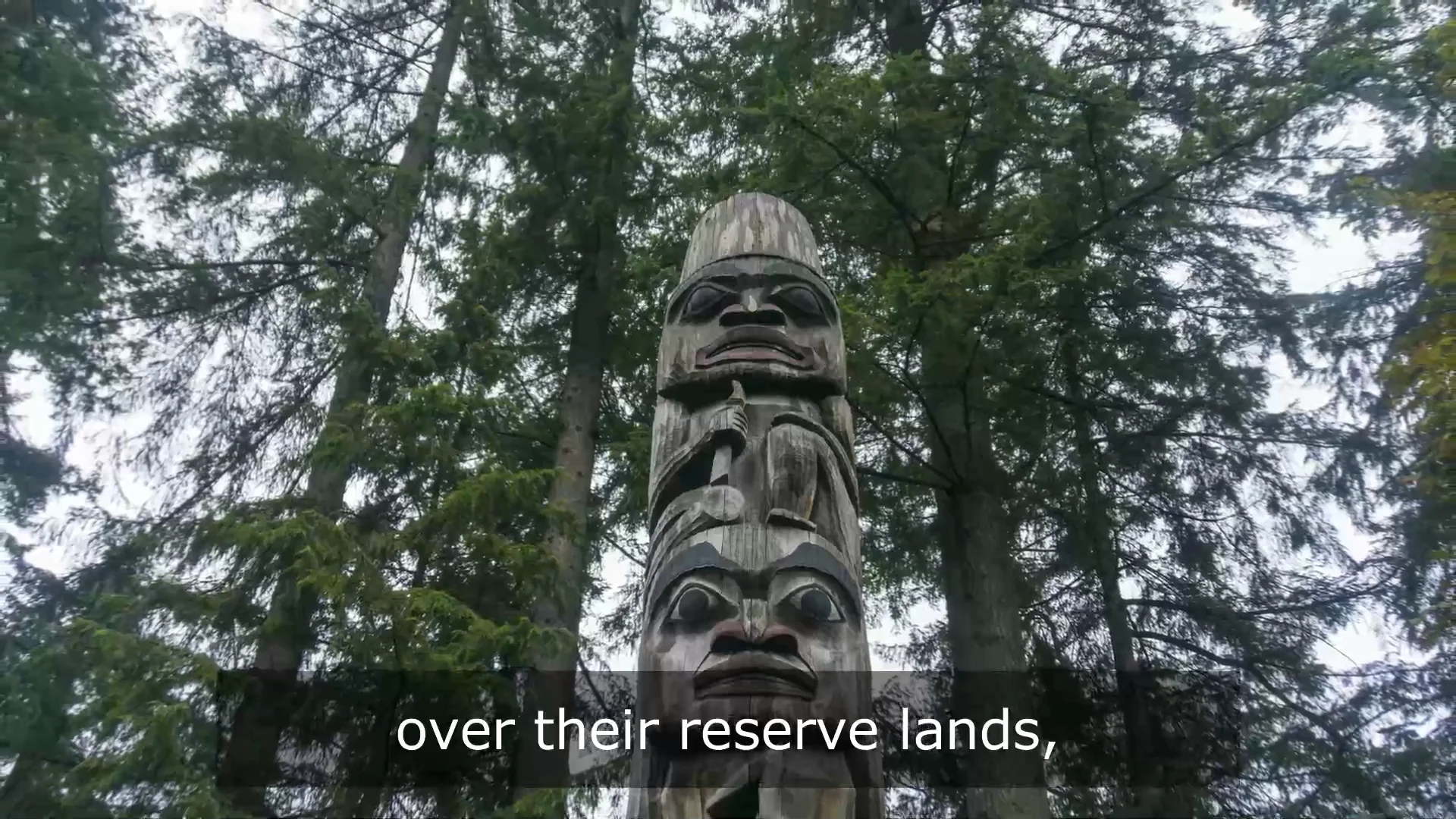.jpg)
The Indian Act and the First Nations Land Management Act
Before European settlers arrived, Indigenous communities in Canada had distinct land governance systems. With Canada's formation, the dynamics changed, most notably with the Indian Act of 1876. The Act aimed at integrating Indigenous communities into Euro-Canadian society, granting the federal government control over Indigenous governance, land, and culture.
Key Points about the Indian Act:
- Purpose: Aimed to integrate Indigenous populations into Euro-Canadian society.
- Impact: Suppressed Indigenous traditions, languages, and had oppressive regulations like the Indian Residential School System.
- Land Ownership: Federal government holds legal title to reserve lands, impacting governance, land rights, and cultural identity.
- Governance: Dictates rules for elections, band councils, and defines recognition.
- Property Rights: Sets rules for property rights, inheritance, and more on reserves.
Background reading on the Indian Act:
- The Indian Act | Indigenous Foundations – University of British Columbia
- Displacement of Indigenous People in Canada under the Indian Act: Participatory Video with Lake St. Martin and Little Saskatchewan First Nations on Flood Impacts
- Residential School History - National Centre for Truth and Reconciliation | University of Manitoba
- Indian Act ( RSC , 1985, c. I-5) | Government of Canada
- 21 Things You May Not Know About the Indian Act: Seeking truth - The Medium
- The Indian Act Explained | TVO’s The Agenda
- How the Indian Act continues to impact the lives of First Nation people | CBC Radio
- 2019 Indigenous Economic Progress Report | The National Indigenous Economic Development Board
- Work and health challenges of Indigenous people in Canada - The Lancet Global Health
The First Nations Land Management Act:
In 1991, First Nations leaders proposed managing their lands outside the Indian Act's confines. This led to the 1996 Framework Agreement on First Nations Land Management and the 1999 First Nations Land Management Act (FNLMA).
Key Aspects of the FNLMA:
- Land Governance: Allows the creation of individual land codes.
- Resource Management: Empowers First Nations to manage resources like wood, minerals, etc.
- Economic Empowerment: Provides control over land, enabling business opportunities and collaborations.
- Cultural Stewardship: Acknowledges Indigenous knowledge in land management.
- Future Planning: Offers a roadmap for long-term land management.
- Participation: Joining is optional, but those who join must establish their governance structures.
- Collaboration: Promotes collaboration between First Nations, Canadian government, and other parties.
The Framework Agreement was created to recognize First Nations' right to self-governance. Empowering them to govern their territories ensures decisions align with their community's best interests.
For a deeper understanding, please refer to the following resources on the First Nations Land Management Act:
- First Nation Land Management: Policy and Legislation – Policy Options
- An unsung success: The First Nations Land Management Act – Policy Options
- What is the First Nations Land Management Act? - JFK Law - Canada
- Frequently Asked Questions - First Nations Land Management Regime - Canada.ca
- The First Nations Land Management Act: A New Approach – Northern Policy
- First Nations should have control of their own revenues – Policy Options
- Beyond the Indian Act: Lessons l Ken Coates and Britt Baumann | Macdonald-Laurier Institute
2021 marked 25 years since the introduction of the Framework Agreement. Watch the video below to explore a visual journey showcasing the impact of First Nation Reserve land governance through this historic agreement.
Recent Posts

Recap: GIFN Fixed Link Project January 24, 2024, Technical Town Hall
Key Insights and Clarifications from the Georgina Island Fixed Link Project Technical Town Hall

A Visual Guide to the Assessment Processes for the Georgina Island Fixed Link Project
Understanding the Impact Assessment Process for the Georgina Island Fixed Link Project

GIFL Project: Terrestrial Existing Conditions Report
The ecological studies aim to understand and minimize impact on terrestrial and aquatic ecosystems in the project area, involving extensive surveys of wildlife, vegetation, and habitats, and integrating these findings into the project's design and mitigation strategies.
